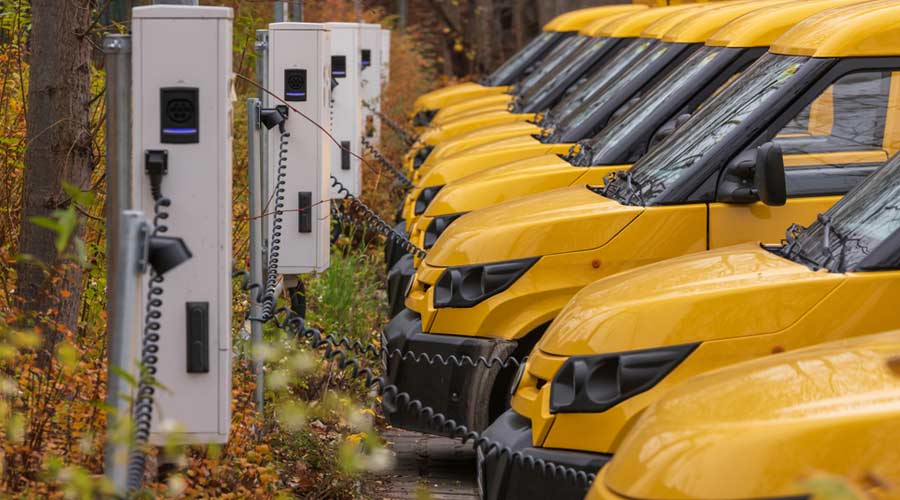California Businesses Could Save More Than Enough Water to Supply Los Angeles, San Diego and San Francisco, Says Report
In the midst of a third consecutive dry year, California’s water supply continues to shrink as the state’s population grows, but the state’s commercial, industrial and institutional (CII) sector has the tools to save more than enough water to meet the annual needs of Los Angeles, San Francisco and San Diego combined, according to a new report by the Natural Resources Defense Council (NRDC).
In the midst of a third consecutive dry year, California’s water supply continues to shrink as the state’s population grows, but the state’s commercial, industrial and institutional (CII) sector has the tools to save more than enough water to meet the annual needs of Los Angeles, San Francisco and San Diego combined, according to a new report by the Natural Resources Defense Council (NRDC).
In February of 2008, Governor Schwarzenegger called for a 20 percent reduction in per capita water use by 2020, and legislation to help reach that target is currently pending in the State Assembly (AB 49).
California’s CII sector – which includes office buildings, hotels, oil refineries, golf courses, schools and universities, restaurants and manufacturers – is responsible for one-third of urban water use. The CII sector uses the equivalent of more than a million Olympic-sized swimming pools of water annually. NRDC estimates California businesses could save about 25-50 percent of that water with efficiency measures, the equivalent to 350,000-650,000 Olympic-sized swimming pools.
While the CII sector has made some progress over the last decade, there is still potential for improving water efficiency. For example, the report reveals:
- Landscaping, such as at office parks, schools, parks and street medians, is responsible for one-third of the CII sector’s water use. But with smart irrigation controllers that adjust for weather conditions, commercial-sized landscapes can reduce water use by 40-50 percent.
- Restrooms are responsible for 15 percent of CII water use. But low-flow showerheads can save two to 3.5 gallons of water per shower, and more efficient toilets and urinals could save 35,000-64,000 gallons a year.
- Commercial dishwashers use 25 percent of the water in commercial kitchens. A water-efficient commercial dishwasher would reduce that water use by 25 percent.
- The average hotel will use more than 604,000 gallons of water every year just to wash bed sheets and towels. If that hotel installs a water-efficient washing machine, it can cut that number by 38 percent.
Payback for investing in water-efficient technologies is between one and four years. Many water agencies help accelerate payback by providing free water audits, equipment and technology rebates, and in some cases, free water-efficient products and installation.
Related Topics:











